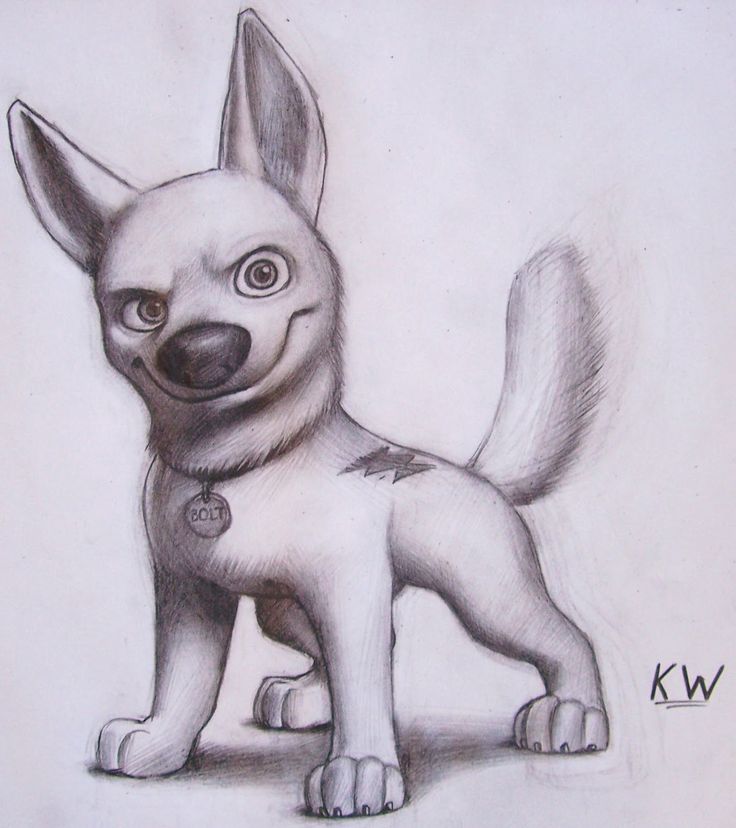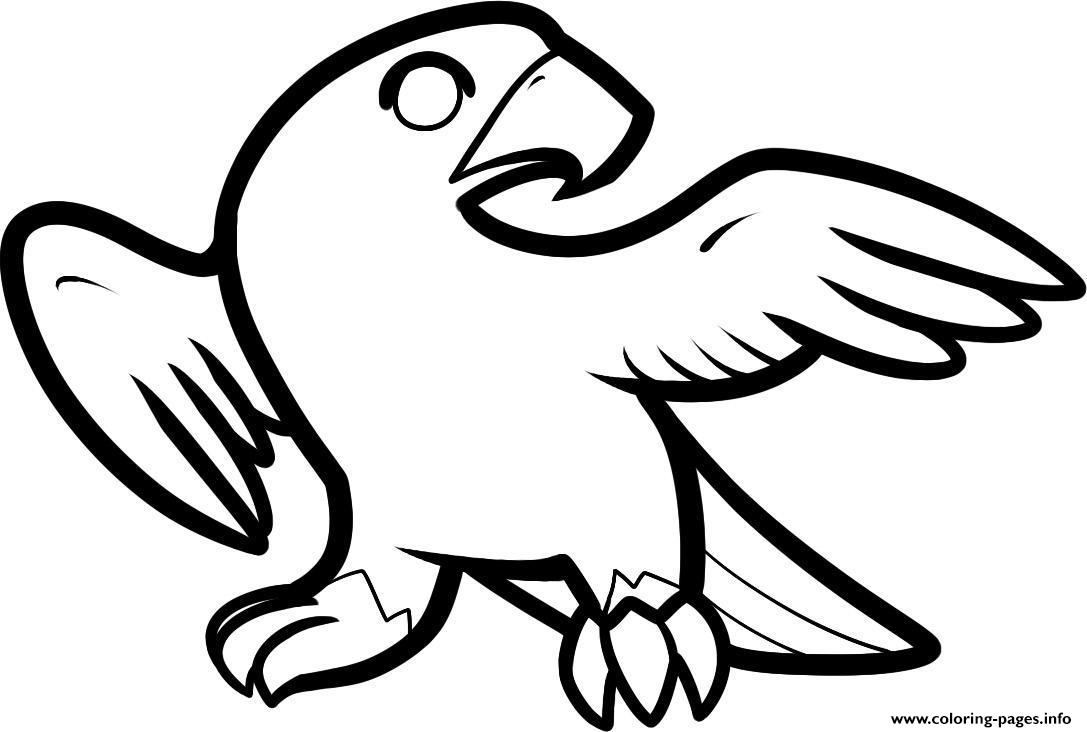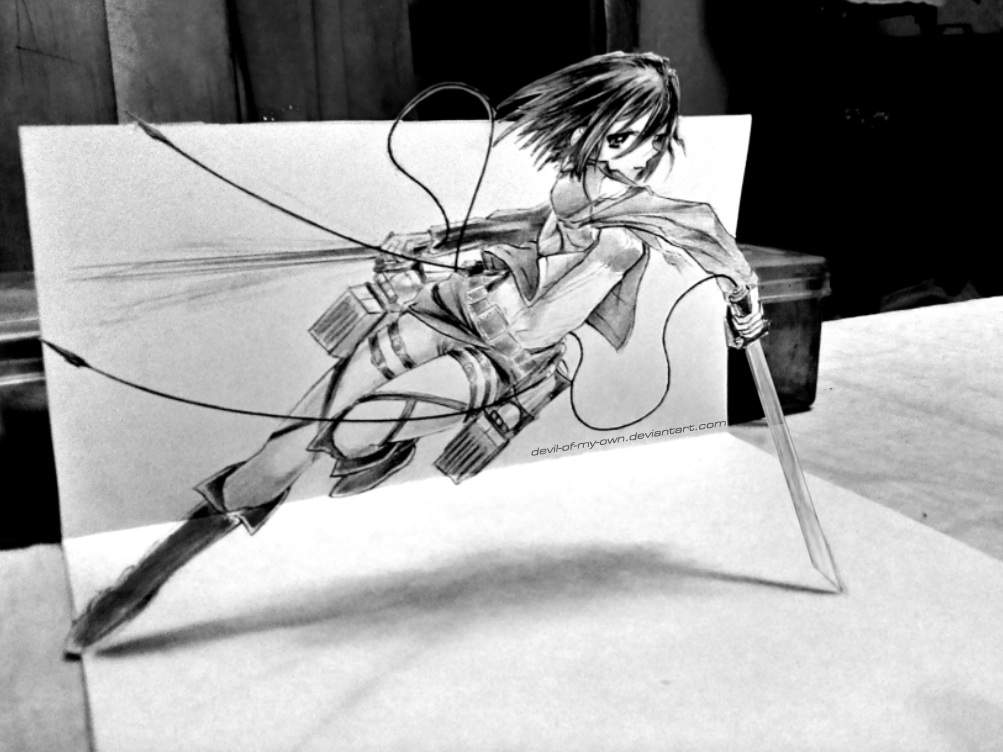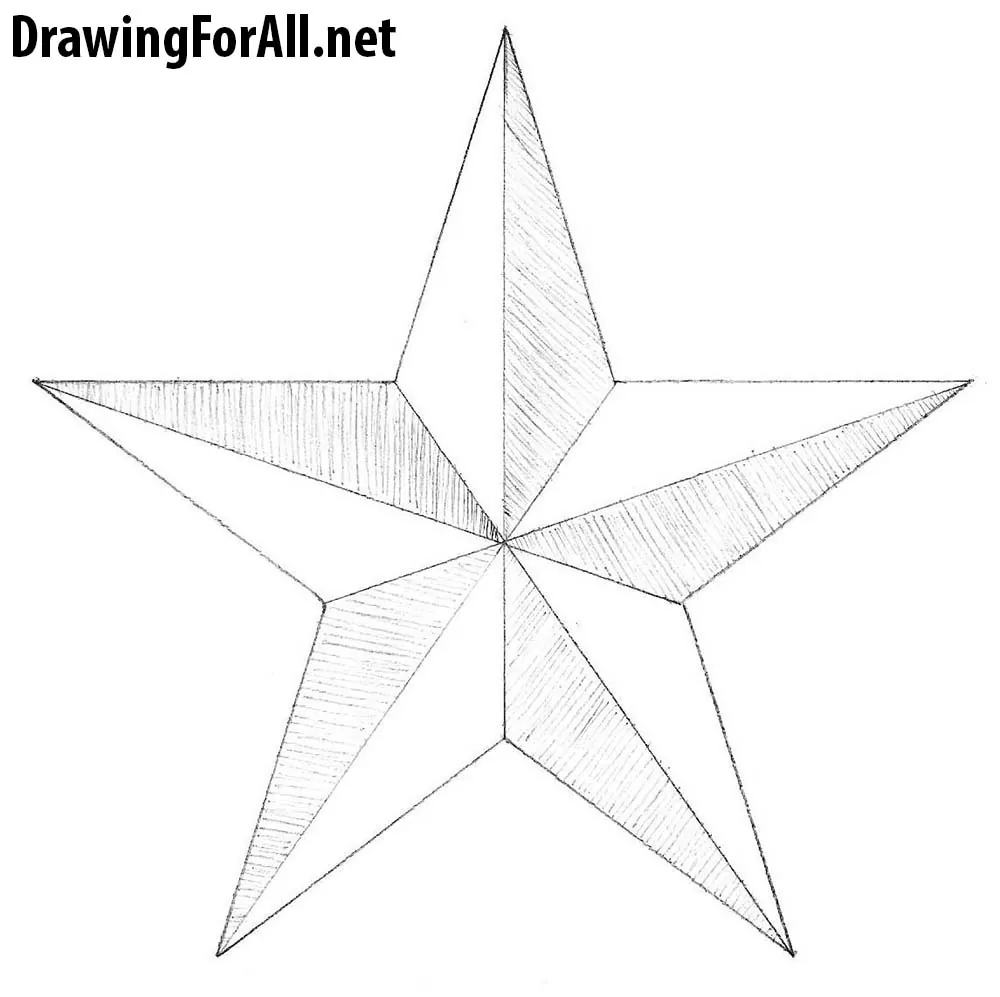Practice drawing and shading with pencil
Table of Contents
Table of Contents
Are you a budding artist looking to take your drawings to the next level? One technique that can make a big difference in the quality of your artwork is shading. By adding shading to your drawings, you can create depth and dimension that makes them look more realistic and appealing.
How to Shade in a Drawing: Tips and Techniques
If you’ve ever struggled with shading in your drawings, you’re not alone. It’s a common pain point for many artists, whether you’re a beginner or more experienced. The good news is that there are plenty of tips and techniques you can use to improve your shading skills.
The key to shading is understanding how light and shadow work. When you shade a drawing, you’re essentially creating the illusion of depth and volume using a range of values from light to dark. By creating contrast between areas of light and darkness, you can make objects pop off the page and look more three-dimensional.
One of the most important things to keep in mind when shading is to pay attention to your light source. Where is your light coming from? The direction of your light source will affect the way shadows are created and how they fall on your subject.
Understanding Values and Contrast
Another key concept to keep in mind when shading is values and contrast. Values refer to the range of tones from light to dark that are present in your drawing. By creating a range of values, you can create the illusion of depth and dimension. Contrast refers to the difference between light and dark values, and can be used to create emphasis and draw the viewer’s eye to certain parts of your drawing.
To create shading in your drawing, you can use a variety of tools, including pencils, charcoal, or pastels. Different tools will give you different effects, so it’s important to experiment and find what works best for you.
Using Pencils to Shade in Your Drawing
If you’re using pencils to shade in your drawing, there are a few tips to keep in mind. First, start with a light hand and gradually build up the darkness. It’s easier to add more shading than to take it away, so go slow and steady. Second, use a variety of pencil grades to create a range of values. You can use harder pencils like H grades for lighter areas and softer pencils like B grades for darker areas. Finally, pay attention to the direction of your strokes. The direction you shade in can affect the way your drawing looks, so experiment with different directions to see what works best for your subject.
Adding Realism to Your Drawings with Shading
By adding shading to your drawings, you can take your artwork to the next level and create a more realistic, three-dimensional look. It takes practice and patience, but with the right techniques and tools, anyone can learn how to shade in a drawing like a pro.
The Importance of Texture
Another aspect of shading to keep in mind is texture. Different subjects will have different textures, whether it’s the rough bark of a tree or the smooth surface of a glass vase. By paying attention to texture and using the right shading techniques, you can create a more realistic and dynamic drawing.
When shading textured objects, it’s important to vary the pressure and direction of your strokes to create a variety of values and a more natural look. Don’t be afraid to experiment and try different techniques to see what works best for your subject.
Question and Answer
Q: What are some common mistakes to avoid when shading in a drawing?
A: One common mistake is using too much pressure when shading, which can create harsh lines and make your drawing look unnatural. Another mistake is not paying attention to your light source, which can make your shading look inconsistent and confusing. Finally, it’s important to remember to vary your strokes and create a range of values to create depth and dimension.
Q: What tools can I use to shade in a drawing?
A: There are a variety of tools you can use to shade in a drawing, including pencils, charcoal, pastels, and markers. Different tools will give you different effects, so experiment and find what works best for your subject.
Q: How do I know which direction to shade in?
A: The direction of your shading strokes can affect the way your drawing looks. Generally, it’s best to shade in the direction of your subject’s form, whether it’s a sphere, cube, or other shape. You can also experiment with different directions to see what looks best for your subject.
Q: How can I use shading to create emphasis in my drawing?
A: By creating contrast between light and dark values, you can draw the viewer’s eye to certain parts of your drawing and create emphasis. For example, you might make the subject’s face the lightest area of the drawing, with darker values around the edges to create a sense of depth and focus.
Conclusion of How to Shade in a Drawing
Shading is an important technique for any artist to master, whether you’re drawing portraits, landscapes, or still life scenes. By understanding the concepts of light and shadow, values and contrast, and texture, you can create beautiful, realistic drawings that capture the essence of your subject.
Gallery
How To Shade A Drawing - YouTube

Photo Credit by: bing.com / drawing shading shade light figure drawings draw proko pencil shades learn life techniques painting artists step models steve lessons huston
How To Shade Drawings: 8 Steps (with Pictures) - WikiHow

Photo Credit by: bing.com / shade drawings step steps
Pencil Shading Drawing Images At GetDrawings | Free Download

Photo Credit by: bing.com / pencil drawings drawing shading easy bolt shaded sketches disney cool tonal posted shade animal simple spectrum vii getdrawings animals things
How To Draw With Realistic Shading: 9 Steps (with Pictures)

Photo Credit by: bing.com / shaded wikihow pencil graphite realistically
Practice Drawing And Shading With Pencil - Using Pencils To Add Shadows

Photo Credit by: bing.com / drawing shadows shading practice pencil drawings draw techniques improve





